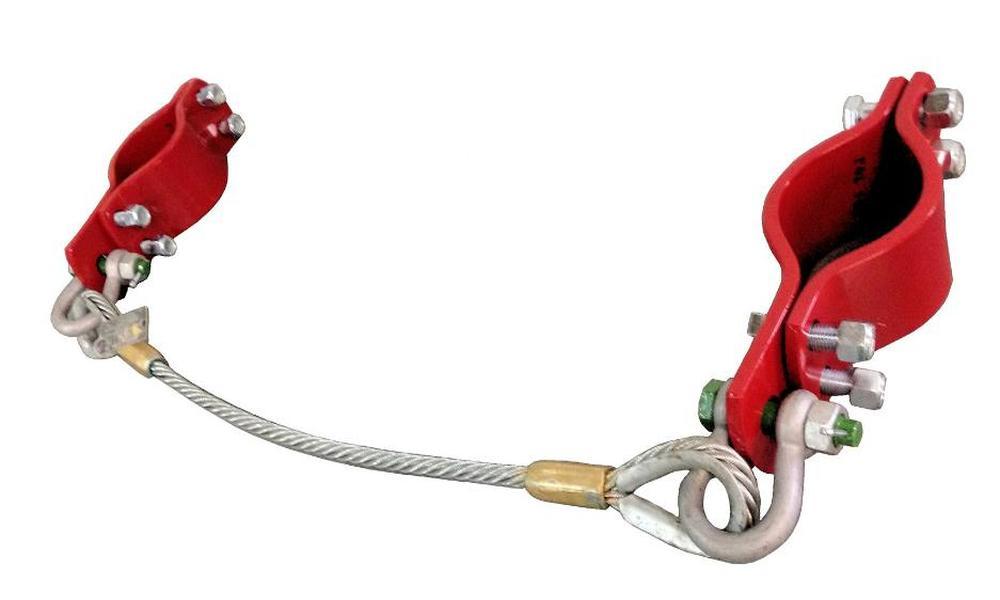In various sectors, from construction to manufacturing, high pressure hoses play a crucial role. These hoses are indispensable for tasks like power washing, hydraulic equipment operation, and firefighting. However, using high-pressure pipes requires strict adherence to safety measures to prevent accidents and injuries.
The Importance of Pressure Hoses
High pressure pipes are the workhorses of many industries, enabling tasks that require the force of pressurized liquids or gases. These hoses are used for everything from cleaning industrial equipment to delivering essential fluids in manufacturing processes. Their versatility and power make them invaluable, but they also present inherent risks.
Understanding High-Pressure Systems
A pressure hose system comprises several key components:
The Hose Itself
The hose is the core component, designed to withstand immense pressure. It is typically reinforced with layers of materials like steel or synthetic fibres to maintain its structural integrity.
Fittings and Connectors
Fittings and connectors are used to join the hose to other equipment or nozzles. Properly secured fittings are crucial to prevent leaks and maintain pressure.
Nozzles
Nozzles control the direction and intensity of the high-pressure stream. Using the correct nozzle is essential for safe operation.
Potential Dangers
Understanding the potential dangers associated with high-pressure pipes is vital for safety. From hose bursts to chemical exposure, taking all possible risks into account is essential.
Dos of Hose Safety
To ensure safe and effective use of pressure pipes, here are the key dos:
Do: Ensure Proper Training and Certification
Before using high-pressure equipment, individuals must receive proper training and certification. This training includes understanding the equipment, safety procedures, and emergency protocols.
Do: Plan Regular Inspection and Maintenance
Frequent inspection and maintenance of hoses, fittings, and connections are essential. Any signs of wear, damage, or leaks should be addressed promptly to prevent accidents.
Do: Wear The Appropriate PPE
Personal Protective Equipment, or PPE, is a must when working with pressure hoses. This includes safety glasses, gloves, and protective clothing to shield against pressurized fluids and debris.
Do: Use the Correct Nozzle and Pressure Settings
Selecting the right nozzle and pressure settings for the specific task is crucial. Using excessive pressure or the wrong nozzle can lead to accidents.
Do: Follow Manufacturer Guidelines
Always adhere to the manufacturer’s guidelines and industry best practices when using pressure hoses. These guidelines are designed to maximize safety and efficiency.
Don’ts of Hose Safety
To avoid accidents and injuries when working with high-pressure pipes, here are the crucial don’ts:
Don’t: Point the Nozzle at Yourself or Others
Avoid pointing the nozzle at yourself, other people, or animals. The high-pressure stream can cause severe harm on contact.
Don’t: Use Damaged or Worn-Out Hoses
Using hoses that are damaged, worn out, or showing signs of deterioration is a recipe for disaster. Replace them immediately.
Don’t: Exceed Recommended Pressure Limits
Exceeding the recommended pressure limits of hoses or equipment can lead to hose bursts and other dangerous situations.
Don’t: Attempt to Repair a Damaged Hose
Repairing a damaged hose without professional assistance is risky. Always seek expert help to ensure the repair is done correctly.
Don’t: Use Hoses Near Electrical Sources or Flammable Materials
Pressure hoses can generate static electricity, which can lead to sparks and ignition when used near flammable materials or in the vicinity of electrical sources.
Conclusion
Adhering to the dos and don’ts of high pressure hose safety is paramount to prevent accidents and ensure a safe working environment. Whether you are a seasoned professional or a newcomer to the world of high-pressure hoses, following these safety measures is non-negotiable.
Remember, safety should always be the top priority when working with high-pressure equipment. By respecting these guidelines and promoting a culture of safety in your workplace, you can help protect yourself and those around you from unnecessary risks and ensure a productive and secure work environment.








